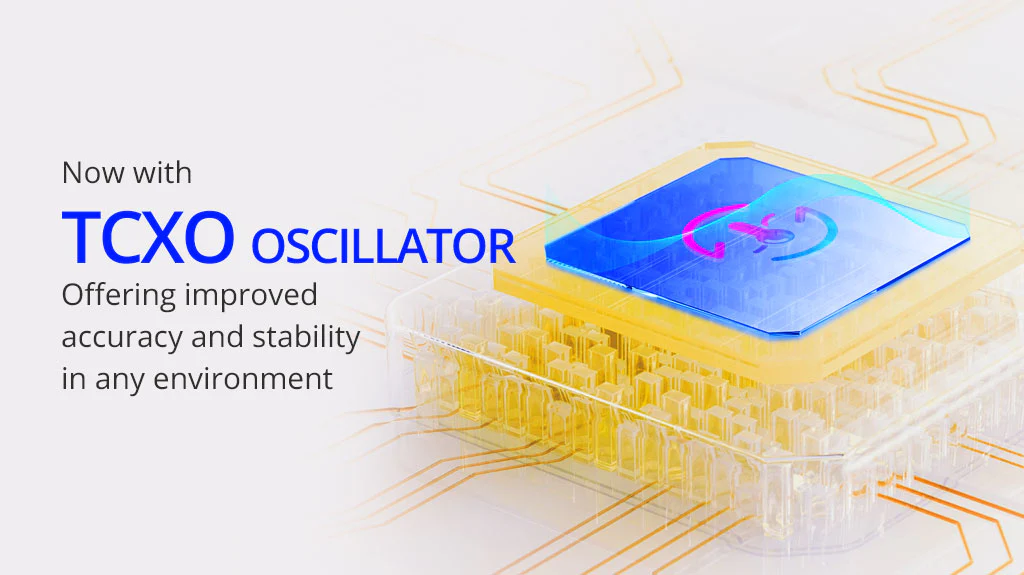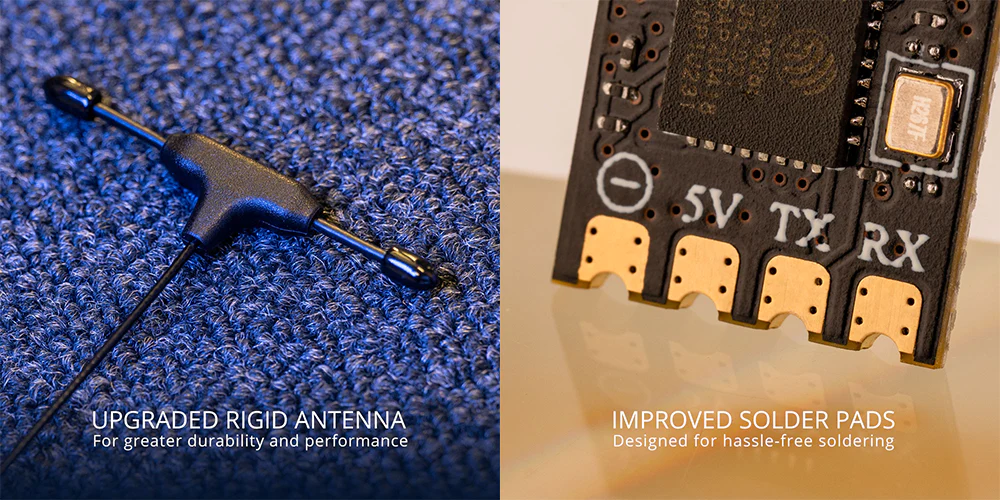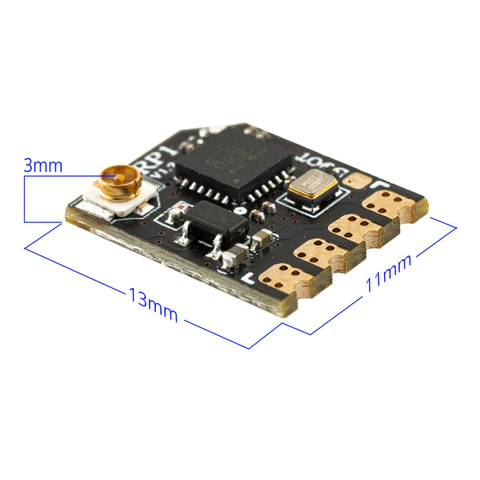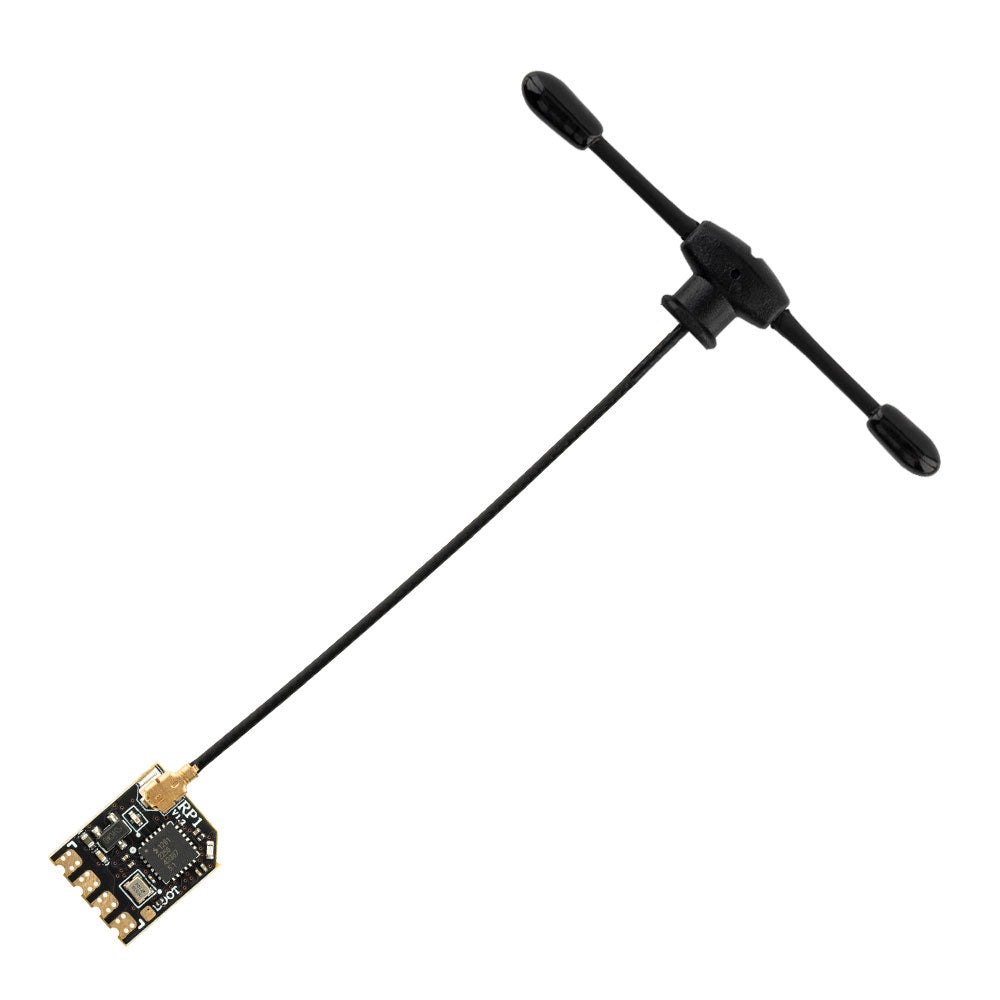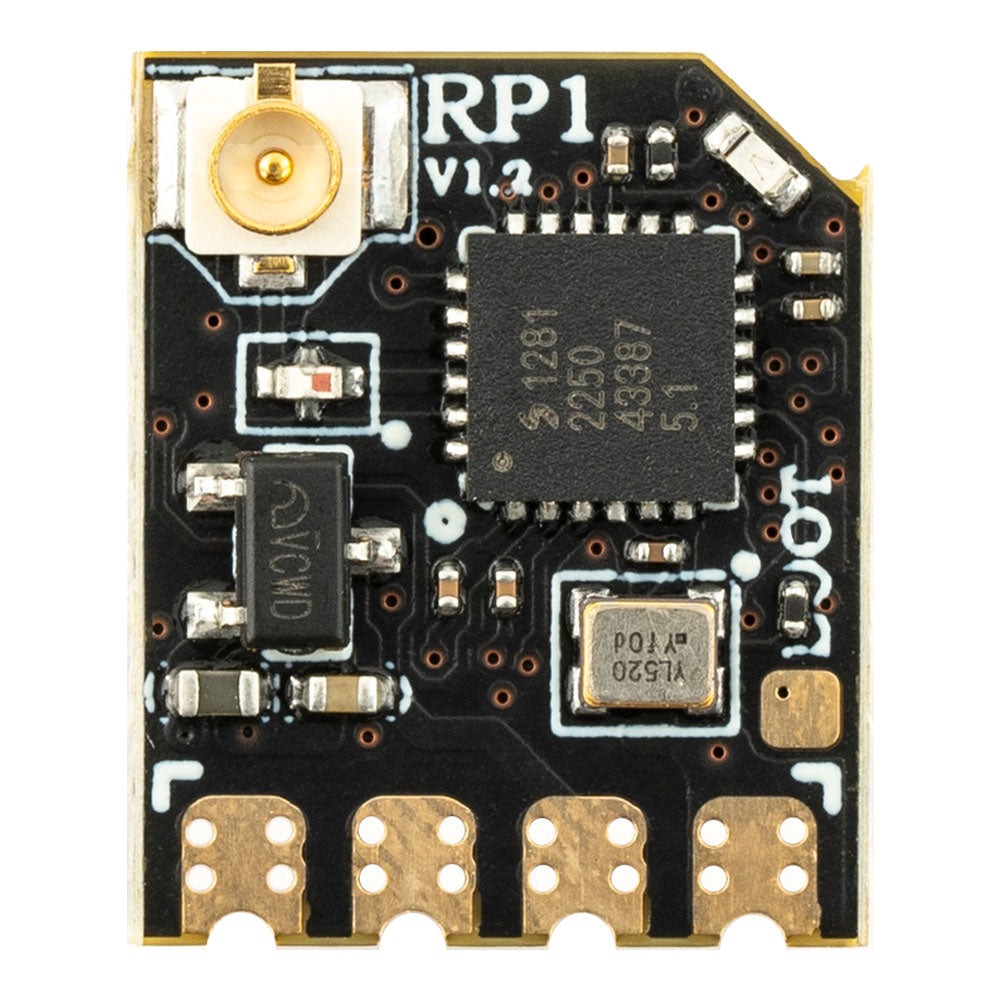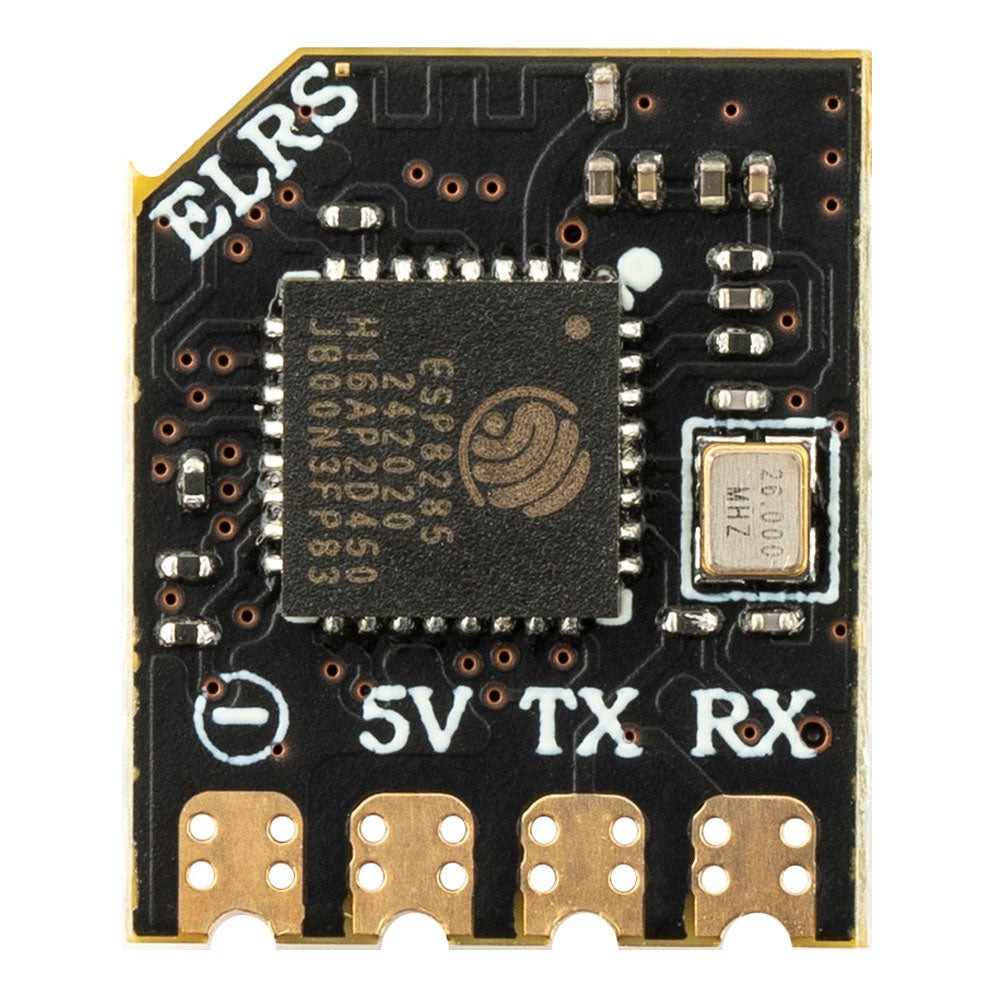The RadioMaster RP series receivers are built-in a TCXO (temperature-compensated crystal oscillator) now, which ensures reliable, stable, and accurate signal reception, allowing for superior performance in demanding environments and enhancing the flight experience.
The RP1 and RP2 2.4GHz ELRS nano series receivers are open-source receivers based on ExpressLRS. The Nano receivers, first developed by Jye Smith from the ExpressLRS development team, feature ESP8285 MCU and SX1280 RF chip. The RP1 has a UFL antenna socket for full-range antenna use. The RP2 has a built-in ceramic antenna which is super light and small in size and ideal for racing.
The RP1 and RP2 feature WIFI built in so you can upgrade firmware by WIFI and configure the Receiver via the built-in WebUI with your PC or mobile phone.
Due to the low-latency and high-refresh-rate RF module, the RP1 and RP2 are ideal for FPV races or Long Range. Suitable for many models due to the ultra-light and Nano size, these receivers can fit just about anywhere!
Visit https://www.expresslrs.org/ to learn more.
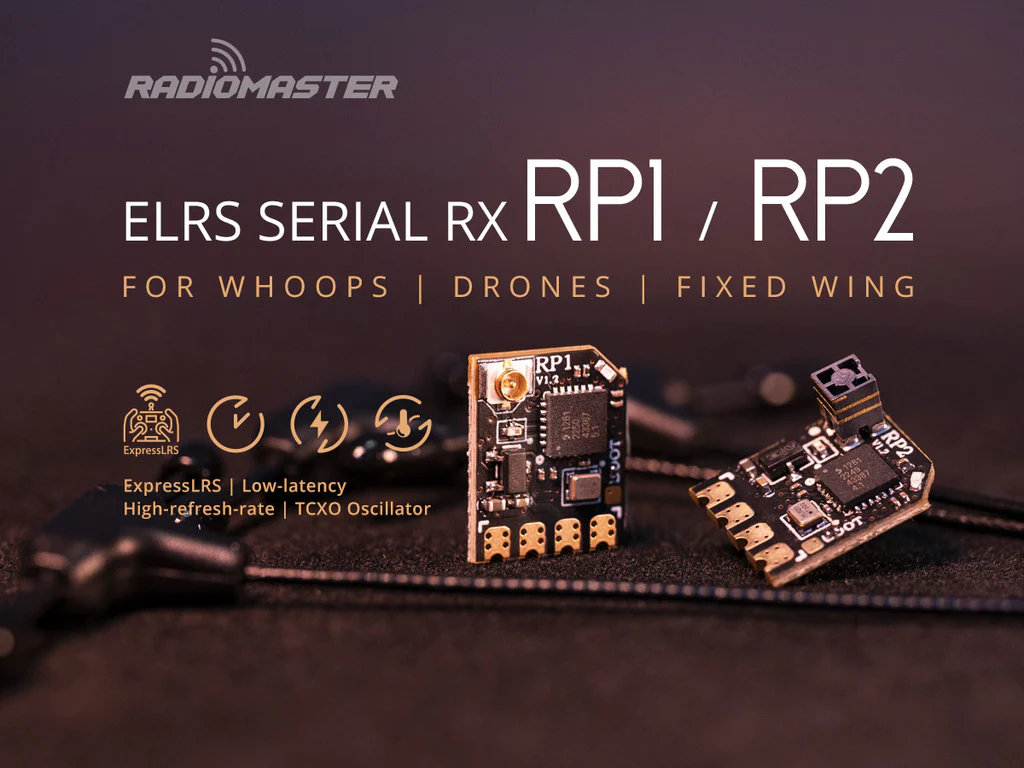
Features
- Improved PCB design is better for heat dissipation.
- Upgraded rigid antenna with greater durability and performance.
- LED on the top side of PCB.
- Solder pads are improved and easier to solder to.
- Built-in a TCXO (temperature compensated crystal oscillator)
- Compatible with all 2.4GHz ExpressLRS modules and transmitters with built in 2.4GHz ExpressLRS
Specification
- Item: RP1 Nano ExpressLRS 2.4ghz Receiver
- Type: ISM
- MCU: EPS8285
- RF Chip: SEMTECH SX1281
- Telemetry RF power: 10mW
- Antenna: 65mm 2.4ghz T Antenna
- Frequency Range: 2.404 - 2.479 Ghz
- Maximum receive refresh rate: 500Hz / F1000Hz
- Minimum receiver refresh rate: 25Hz
- Working voltage: 5v
- Weight: 2.2g (Including antenna)
- Dimension: 13mm*11mm*3mm
- Firmware Version: ExpressLRS v2.4 pre-installed
- FW Target: RadioMaster RP1/2 2400 RX
- Bus interface: CRSF
TCXO (temperature compensated crystal oscillator)
The TCXO ensures high stability and accuracy in frequency control, compensating for temperature variations. This results in consistent and reliable signal reception, even in extreme temperature conditions. It also reduces frequency drift over time, providing long-term frequency stability and preventing signal degradation. Click to learn more about the TCXO.
